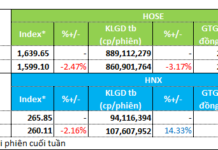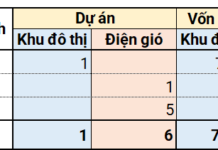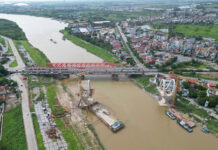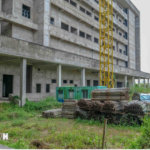“Funds Disbursed as Projects Progress”
In a conversation with Tiền Phong’s reporter, a representative from the Department of Construction Economics and Investment Management (CEIM) under the Ministry of Construction emphasized the critical importance of meeting the 2025 disbursement plan. This is seen as a cornerstone for achieving the GDP growth target of 8% or higher this year and double-digit growth in subsequent years.
Delays in disbursing the Ministry of Construction’s projects stem from several core issues: Many projects face challenges in land clearance, directly impacting construction timelines. When large-scale projects are rolled out simultaneously, the supply of materials, particularly sand and gravel in the Southern region, struggles to meet demand. Additionally, some contractors are slow in executing work and submitting payment documents, while preparatory procedures for project commencement remain sluggish.
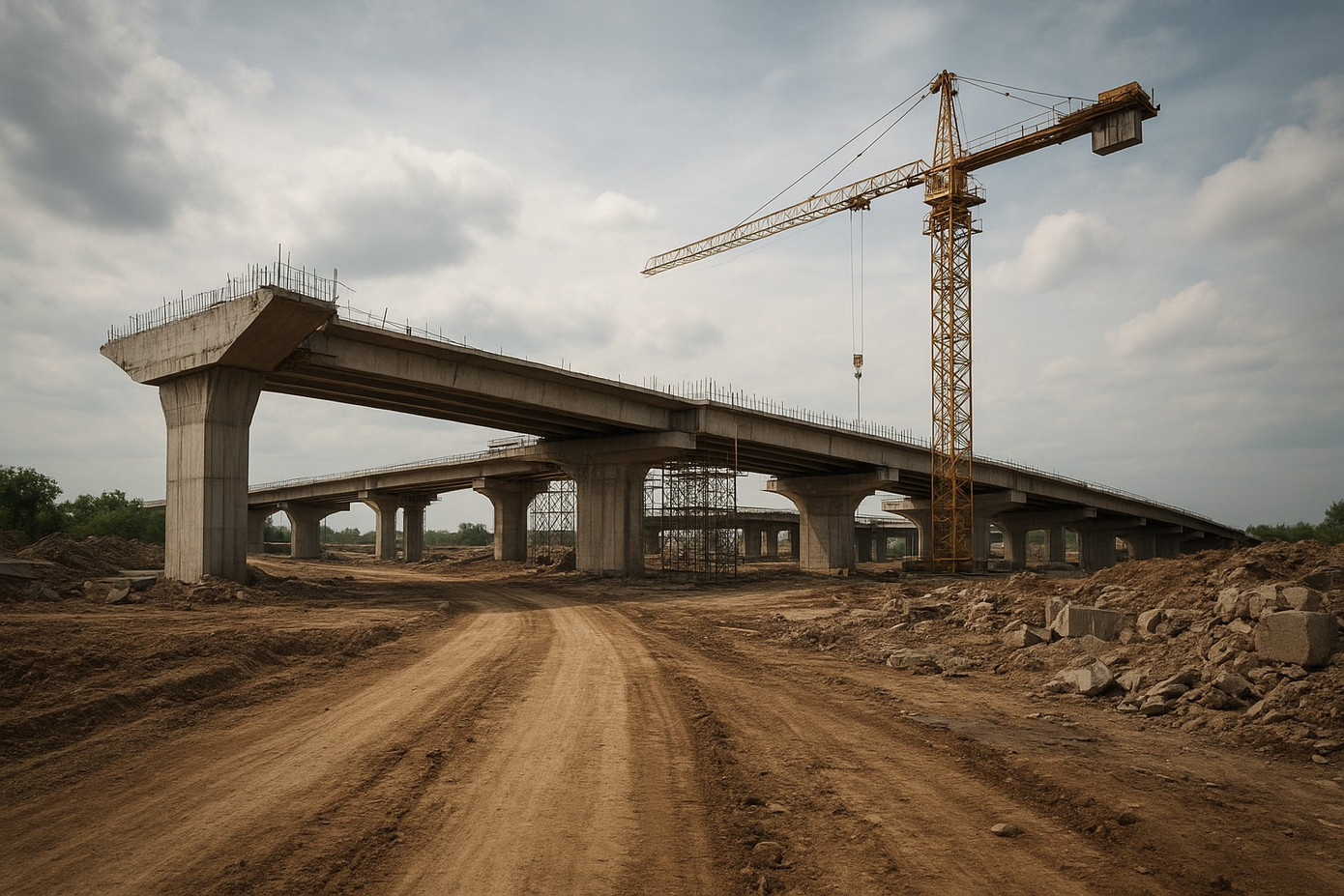
Delays in the Ministry of Construction’s projects are attributed to several core causes. Illustrative image: AI.
Since the beginning of the year, CEIM has implemented various solutions to ensure timely public investment disbursement. Key measures include requiring project owners to develop detailed plans, coordinate with the Planning and Finance Department for monthly, quarterly, and annual disbursement schedules, and intensify on-site inspections to promptly address land and material challenges.
For national key projects and transportation sector priorities, CEIM mandates weekly progress and disbursement reports, with strict penalties for contractors falling behind schedule. Projects with favorable conditions are accelerated, as evidenced by the early completion of six highway segments, including Bãi Vọt – Hàm Nghi, Hàm Nghi – Vũng Áng, and Vũng Áng – Bùng.
CEIM also directs project management boards and contractors to deploy additional manpower and machinery, adopting a “3 shifts, 4 teams” approach. Monthly updates on completed work and payments expedite acceptance procedures. For projects lagging in disbursement, funds are reallocated to those in need, ensuring efficient resource utilization.
“The remaining disbursement volume is substantial, and CEIM will continue rigorous inspections and directives to keep projects on track, addressing underperforming contractors. With these comprehensive measures, we are confident the Ministry of Construction will lead in 2025 disbursement results,” stated the CEIM representative.
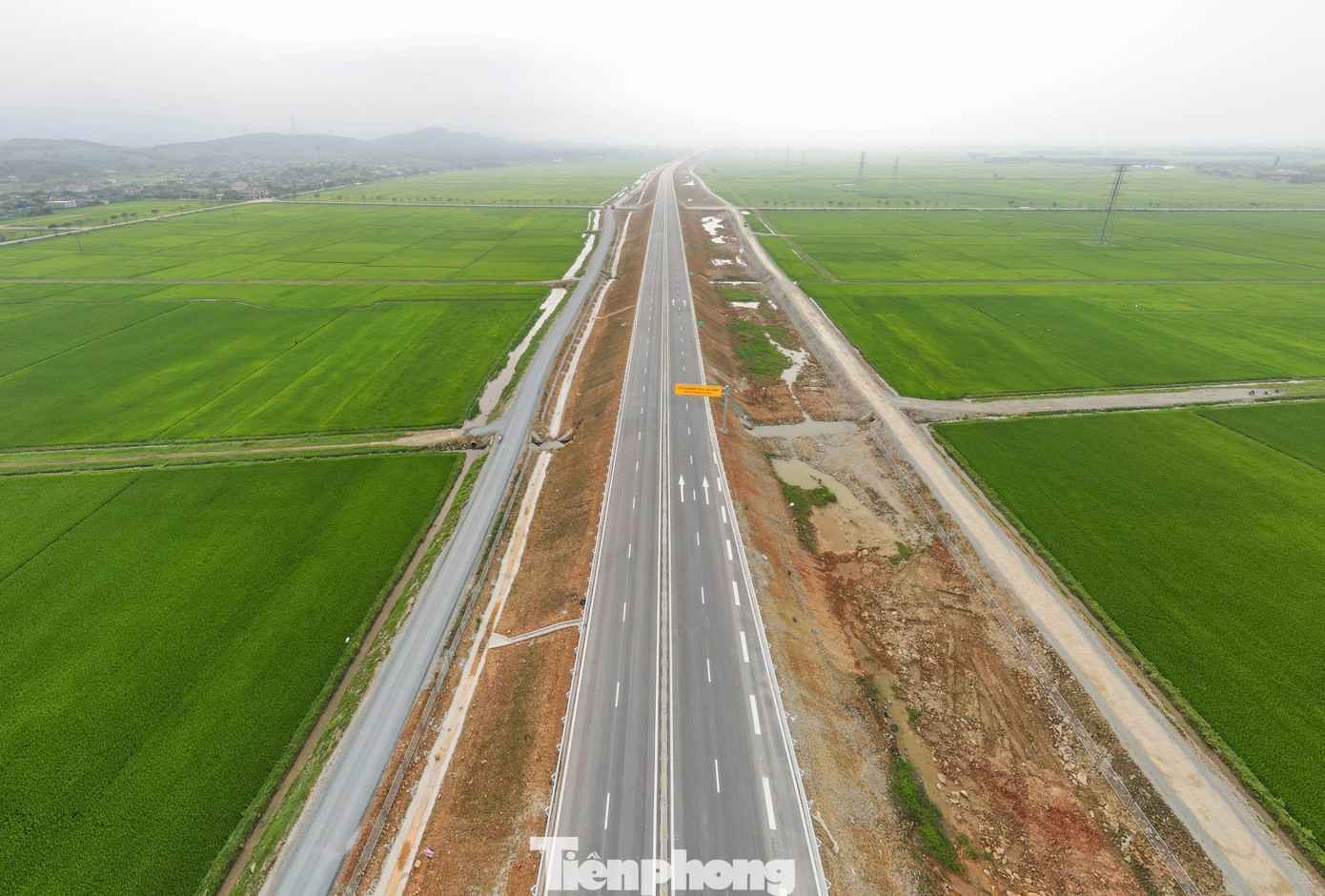
Hàm Nghi – Vũng Áng Expressway. Photo: Phạm Trường.
According to economist Ngô Trí Long, the Ministry of Construction’s 95% disbursement target is achievable. However, critical conditions include timely fund reallocation before September 20 and early November, standardized material price indices, immediate procedural clearance for “construction-ready” projects, and prioritizing inter-regional packages with accelerated payments based on the principle “Funds Disbursed as Projects Progress.”
“The 2024 lesson shows that a year-end sprint is insufficient without identifying key focus areas in September,” Mr. Long stressed.
Reminders to 21 Construction Departments
The Vietnam Road Administration (VRA) reports that as of September 10, many project owners and management boards have fallen short of their registered acceptance and disbursement plans, jeopardizing the year’s disbursement goals.
VRA has publicly criticized underperforming units, including several provinces with very low disbursement rates: Hưng Yên (8.9%), Đắk Nông (12.8%), Đắk Lắk (13.2%), Hà Giang (15.8%), and Đà Nẵng (17.2%). Some units have failed to comply with reporting requirements, complicating this year’s maintenance plan management.
VRA urges project owners and management boards to intensify efforts for 100% fund disbursement by reviewing surplus funds through identifying unused or under-disbursed amounts.
Units failing to report on time or providing inaccurate data will be held fully accountable. Regular updates on the road maintenance planning and estimation software are mandatory, with progress reports due by the 28th of each month.
Deputy directors are tasked with directly engaging provincial authorities and underperforming Construction Departments to expedite disbursement.
Accelerating the Thu Thiem – Long Thanh Railway Project: A Fast-Track to Progress
Vice Prime Minister Trần Hồng Hà has urged relevant agencies to expedite the implementation of the Thủ Thiêm – Long Thành railway project, ensuring seamless connectivity between Tân Sơn Nhất Airport and Long Thành Airport.
Exciting News for the Mekong Delta: Can Tho 2 Bridge, Integrating Road and Rail, Set to Begin Construction in 2027
The Ministry of Construction has finalized plans for the construction of Can Tho 2 Bridge, a high-speed road bridge combined with a railway bridge spanning the Hau River as part of the Ho Chi Minh City – Can Tho railway line. The project is slated to commence in 2027, with full completion and operational readiness expected within five years.
Buying Subdivided Land and Building Your Own Home: Does the Ministry of Construction Require a Permit?
For residential projects with an approved 1:500 detailed planning design, households or individuals acquiring land for self-built housing are not exempt from obtaining a construction permit.












